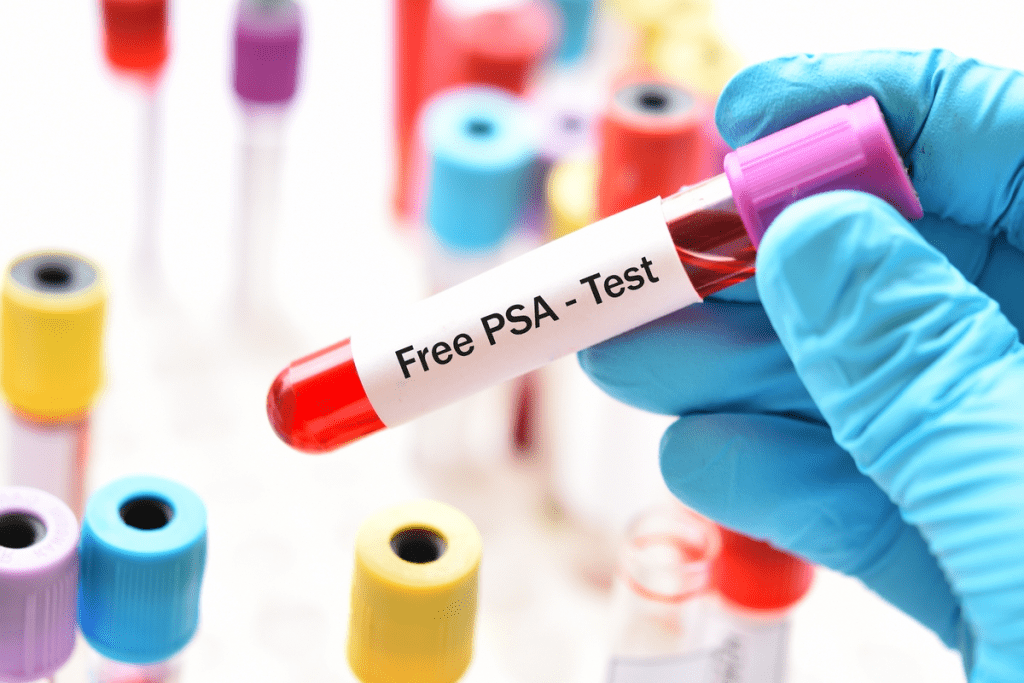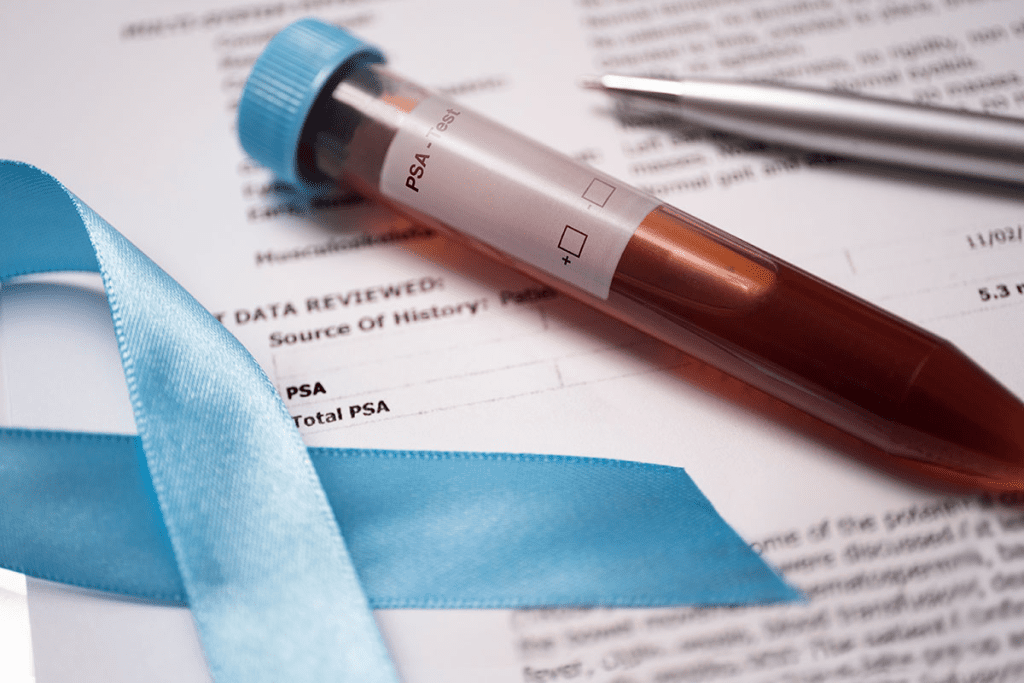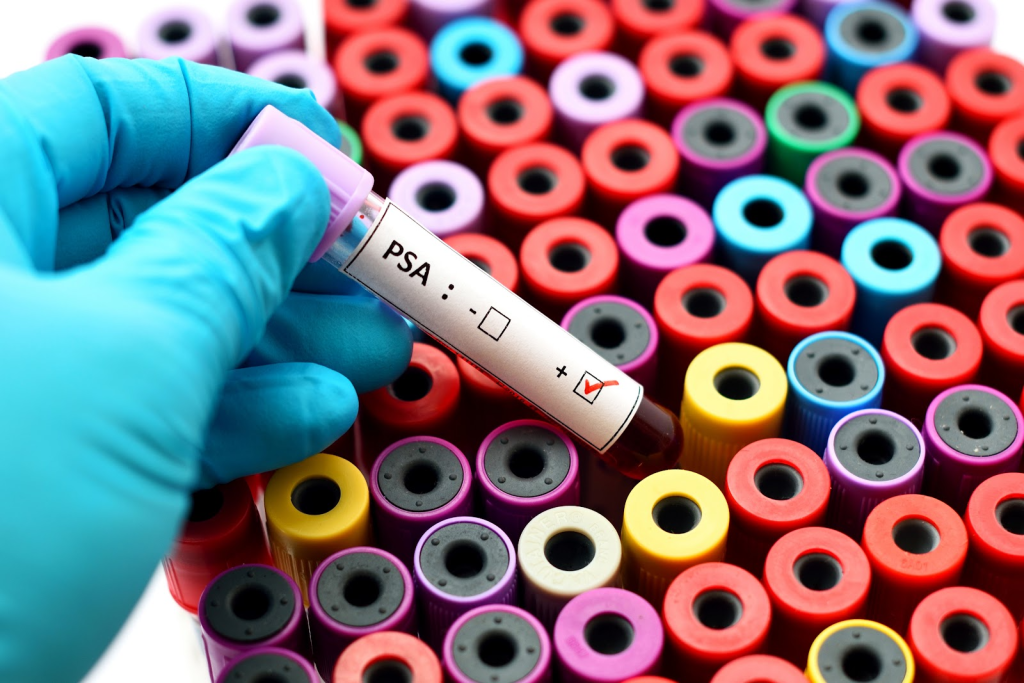Last Updated on November 25, 2025 by
how to lower psa levels: Prostate-specific antigen is made by the prostate, and elevations can reflect cancer, benign enlargement, or inflammation; short-term measures include confirming a repeat test after avoiding ejaculation, cycling, and urinary procedures for 48 hours, while medical options address causes such as prostatitis (antibiotics if bacterial), benign prostatic hyperplasia (5‘alpha‘reductase inhibitors like finasteride/dutasteride that can halve PSA over months, plus alpha‘blockers for symptoms), and confirmed cancer (active surveillance, surgery, radiation, or systemic therapies that typically reduce PSA as a response marker). For supportive lifestyle steps, prioritize weight control, regular exercise, heart‘healthy eating patterns rich in tomatoes/lycopene and green tea, limit alcohol, and manage metabolic risk; these can modestly influence PSA and overall prostate health but should complement”not replace”clinical evaluation and shared decision‘making when PSA is elevated.

We want to give a full view of how to handle PSA levels and support prostate health. Our aim is to help people make smart choices for their health.
PSA levels are key to knowing how healthy your prostate is. They are measured through a blood test. “Elevated PSA levels can show many prostate problems, from simple issues to cancer,” say Experts.
PSA is a protein made by the prostate gland. Normal PSA levels are between 0 and 4 ng/mL. But age and other things can change this.
Many things can affect PSA levels. Age, prostate size, and health issues can all play a part. For example, older men or those with a bigger prostate might have higher levels.
Several things can make PSA levels go up. Benign prostatic hyperplasia (BPH), prostatitis, and prostate cancer are some. BPH is when the prostate gets bigger, but it’s not cancer. Prostatitis is inflammation, and cancer is serious and needs quick action.
Other things like some medicines, certain medical procedures, and even too much exercise, can raise PSA levels. It’s important to talk to a doctor to find out why.
Quickly lowering PSA levels is key to prostate cancer. High levels mean the cancer might be growing fast. “The aim of cancer treatment is to get PSA levels down to zero,” say doctors.
For men with BPH or prostatitis, lowering PSA levels fast can also help. This is if their high levels are causing pain or other problems.
For those with high PSA levels, advanced medical treatments can help quickly lower them. These treatments are key for men at high risk or with prostate cancer.
Androgen Deprivation Therapy (ADT) cuts down male hormones in the body. It’s effective in lowering PSA levels by stopping prostate cancer cells from growing.
ADT is a main treatment for advanced prostate cancer. It can be done with medicines or surgery. The aim is to lower testosterone, which helps prostate cancer cells grow.
Androgen Receptor Pathway Inhibitors target the androgen receptor pathway. They stop prostate cancer cells from growing by blocking androgens at the cell level.
Studies show ADT with Androgen Receptor Pathway Inhibitors can greatly reduce PSA levels. Some patients see a 90% drop in just 3 months.
This is good news for men with prostate cancer. A quick drop in PSA levels shows the treatment is working well.

To wrap up, treatments like ADT and Androgen Receptor Pathway Inhibitors are effective for lowering PSA levels. Knowing these options helps men make better choices for their care.
Prescription drugs are key in managing Prostate-Specific Antigen (PSA) levels. They help lower PSA, which is important when it’s too high. This is due to certain health issues.

5-alpha reductase inhibitors are drugs that help lower PSA. Finasteride and dutasteride block the conversion of testosterone to DHT. This hormone causes prostate growth.
Studies show these drugs can cut PSA levels by 50% in 6-12 months. A study on the National Center for Biotechnology Information website found that they significantly reduce PSA. This makes them a good choice for men with high PSA.
Statins are used to lower cholesterol and may also reduce PSA levels. Their main job is to manage cholesterol. But some studies suggest they can also lower PSA, though not as much as 5-alpha reductase inhibitors.
The exact way statins affect PSA isn’t fully known. But, it’s thought their anti-inflammatory effects might play a role.
Nonsteroidal anti-inflammatory drugs (NSAIDs) like ibuprofen might also help lower PSA. They work by reducing inflammation, which can raise PSA levels. While not as strong as 5-alpha reductase inhibitors, NSAIDs can be a helpful addition to treatment.
In summary, drugs like 5-alpha reductase inhibitors, statins, and NSAIDs are important for lowering PSA. It’s important for patients to talk to their doctor about the best treatment for them.
High PSA levels can worry you. If inflammation is the reason, antibiotics might help. We look at how antibiotics can lower PSA when inflammation is the cause.
Inflammation in the prostate, called prostatitis, can raise PSA levels. If you have prostatitis, antibiotics are often given to fight the infection and lower PSA. It’s key to know that antibiotics work only for bacterial infections.
The antibiotics used depend on the severity and cause. Common ones include:
How long it takes to see PSA levels drop after starting antibiotics varies. Men might notice improvements in a few weeks. A big drop in PSA is usually seen 6 to 12 weeks after finishing the antibiotics.
It’s important to check in with your doctor to:
Knowing why PSA is high and using antibiotics when needed can help avoid big treatments. Always talk to a doctor to find the best plan for you.
Knowing how fast PSA levels drop is key to managing patient hopes and treatment success. Each treatment affects PSA levels differently over time. This knowledge helps doctors and patients make better choices about care.
Some treatments quickly lower PSA levels. For example, advanced medical therapies can cut PSA by 50% or more in three months. Androgen Deprivation Therapy (ADT) works fast by reducing male hormones that feed prostate cancer.
Androgen Receptor Pathway Inhibitors also lead to quick PSA drops. These drugs block the effect of male hormones on cancer cells, slowing cancer growth.
Other treatments take longer to show PSA effects. 5-Alpha Reductase Inhibitors can take three to six months to work. These drugs treat BPH and can lower PSA levels.
Statins, used for cholesterol, also have a moderate PSA effect in this time frame. They’re not mainly for PSA but can be part of a treatment plan.
Some treatments and lifestyle changes lead to slow PSA drops, seen in six to twelve months. Dietary changes and exercise are examples. These changes may take longer, but also boost overall health.
Studies link early PSA drops to better survival in prostate cancer patients. Quick PSA reductions often mean effective treatment and may lead to better long-term results.
Knowing how treatments affect PSA levels helps doctors create personalized plans. This approach can improve survival rates and quality of life.
Making lifestyle changes can help keep your prostate healthy. These changes might lower your PSA levels. Adding healthy habits to your daily routine can improve your overall health.
Eating a balanced diet is key to prostate health. Lycopene-rich foods, like tomatoes, can help lower PSA levels. Foods high in omega-3 fatty acids, like salmon, are also good for you.
Regular exercise is good for your health and prostate. Moderate-intensity exercises, like brisk walking or cycling, work well.
Too much stress can harm your health, including your prostate. Using stress management like meditation or yoga can help. This might also lower your PSA levels.
By making these lifestyle changes, you can support your prostate health. This might lower your PSA levels. Always talk to a healthcare provider before changing your lifestyle or treatment plan.
Managing PSA levels well needs a full plan. This includes medical treatments, lifestyle changes, and keeping an eye on your health. We’ve looked at many ways to lower PSA levels, from new medical treatments to simple lifestyle changes.
It’s very important to work with your healthcare team to keep PSA levels low. They will figure out the best treatment for you. This might include medicines like 5-alpha reductase inhibitors or statins, or therapies like Androgen Deprivation Therapy (ADT).
Learning how to lower PSA levels and using these methods can help you manage your prostate health. Regular health check-ups and talking openly with your healthcare team are essential for good PSA management.
We stress the need for teamwork in healthcare. This ensures patients get advice tailored to their needs to lower PSA levels effectively. This way, people can feel better and lower the chance of prostate problems.
Some supplements, like saw palmetto, lycopene, and omega-3 fatty acids, might help prostate health. But their effect on PSA levels is not fully known. Always talk to a doctor before taking any supplements.
To quickly lower PSA levels, advanced medical treatments are best. This includes Androgen Deprivation Therapy (ADT) and Androgen Receptor Pathway Inhibitors (ARPIs). Always follow a doctor’s advice.
Certain prescription drugs like 5-alpha reductase inhibitors, statins, and NSAIDs might lower PSA levels. Each drug works differently, and results can vary.
Yes, antibiotics can help with PSA levels due to inflammation. The right antibiotic and treatment length depend on the cause.
PSA reduction times vary by treatment. Quick methods can reduce levels in 1-3 months. Slower methods might take 3-6 or 6-12 months.
Yes, changes like diet, exercise, and stress management can help. These lifestyle changes can improve prostate health.
Always talk to a doctor before trying to lower PSA levels before a test. They can guide you and find the cause of high PSA.
Early PSA reduction can improve survival rates, mainly in prostate cancer. Working with a healthcare team is key for managing PSA.
To manage PSA well, work closely with your healthcare team. They will help find the cause, create a treatment plan, and track progress.
Subscribe to our e-newsletter to stay informed about the latest innovations in the world of health and exclusive offers!